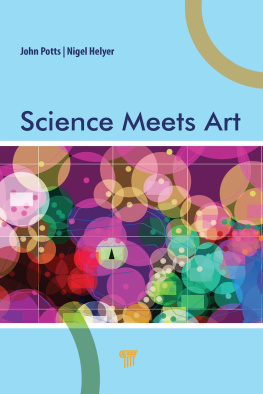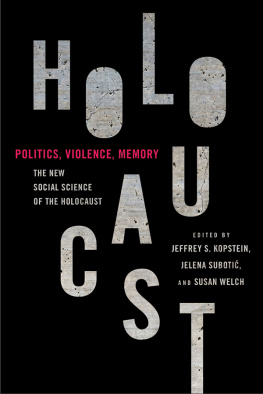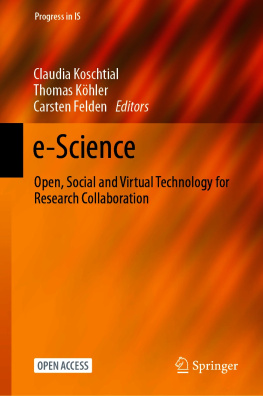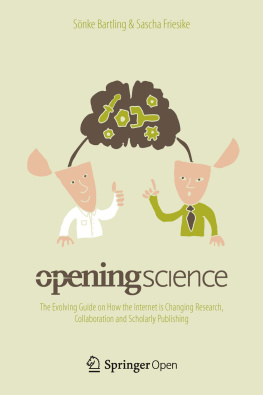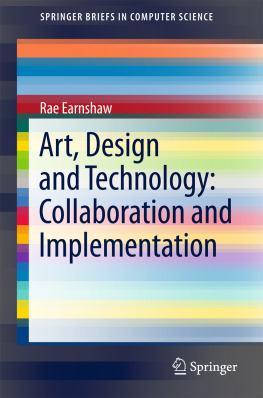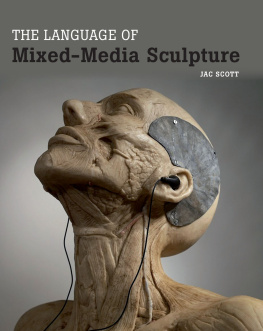
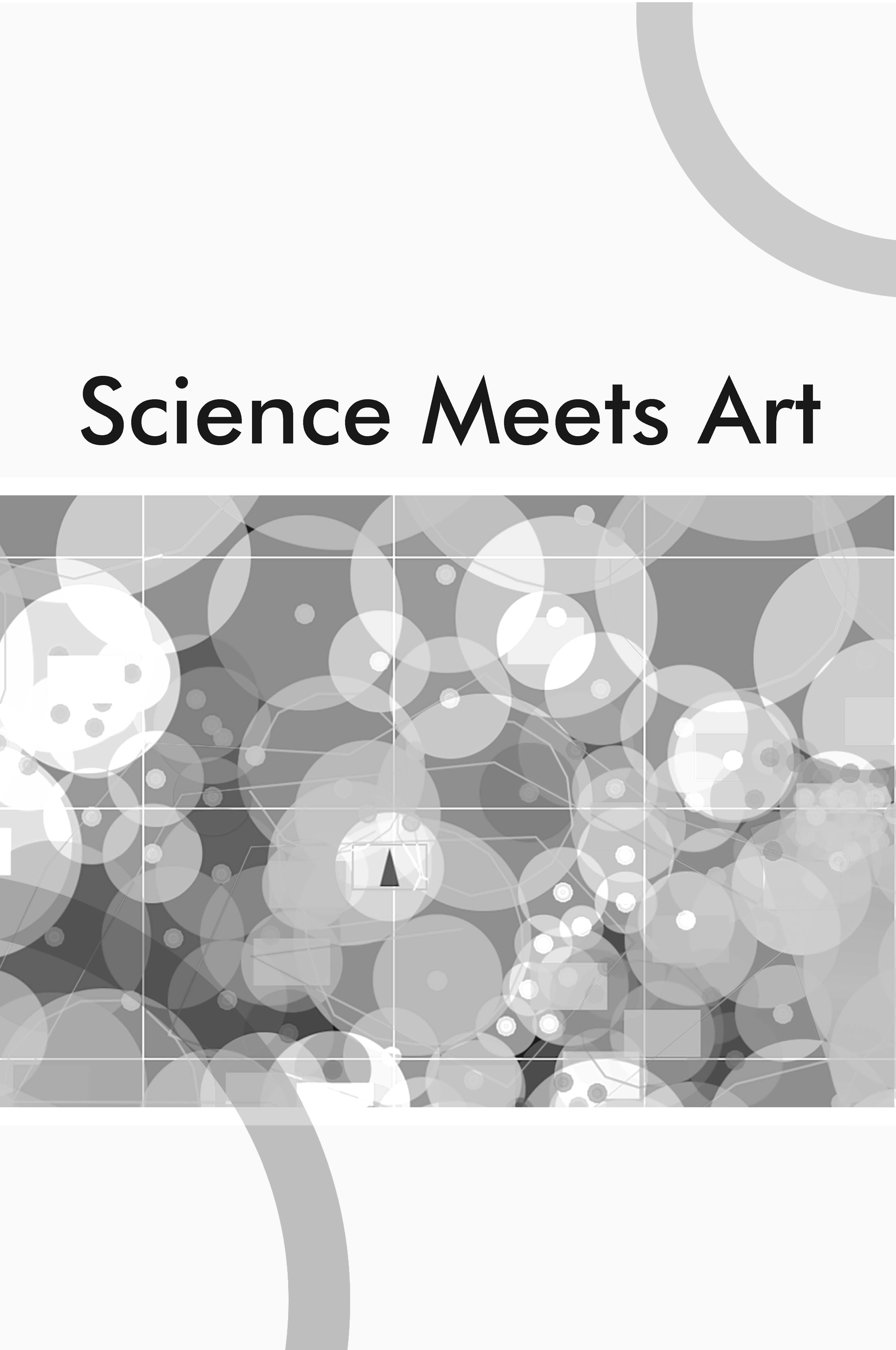
Science Meets Art
John Potts
Nigel Helyer

Published by
Jenny Stanford Publishing Pte. Ltd.
101 Thomson Road
#06-01, United Square
Singapore 307591
Email:
Web: www.jennystanford.com
British Library Cataloguing-in-Publication Data
A catalogue record for this book is available from the British Library.
Science Meets Art
Copyright 2022 Jenny Stanford Publishing Pte. Ltd.
All rights reserved. This book, or parts thereof, may not be reproduced in any form or by any means, electronic or mechanical, including photocopying, recording or any information storage and retrieval system now known or to be invented, without written permission from the publisher.
For photocopying of material in this volume, please pay a copying fee through the Copyright Clearance Center, Inc., 222 Rosewood Drive, Danvers, MA 01923, USA. In this case permission to photocopy is not required from the publisher.
ISBN 978-981-4968-16-4 (Hardcover)
ISBN 978-1-003-29442-9 (eBook)
List of Figures
Preface
Collaborations between artists and scientists are occurring with increasing frequency in the 2020s. However, as an emerging practice, not all those collaborations will be successful; they may not meet the ambitious goals that such projects demand, which are: the creation of compelling artworks, the communication of scientific findings to a new and wider audience, and the fusion of artistic and scientific approaches in striking new works.
In this book, our primary aim is to depict the process of successful collaboration between scientists and artists. We do this by describing the creation of many acclaimed artworks that have been developed by art-science collaborations. We emphasise the importance of mutual respect and communication between the participating parties, and the willingness to create a new form, neither pure science, nor pure art, but a powerful hybrid.
We hope that the book will be an inspiration for both scientists and artists contemplating collaborations of the type we discuss. In an age dominated by the warnings of climate change science and environmental science, the need for artists and scientists to work together is paramount. More than ever we need works that will resonate with a wide audienceworks that make an impact, with the power to change minds.
Acknowledgements
The authors wish to thank Jenny Rompas and Stanford Chong at Jenny Stanford Publishing for their support and encouragement of this book.
We are grateful for the contribution of environmental scientist Professor Mark Patrick Taylor to our science-art collaboration, described in .
We thank the artists for permission to reproduce images of their works: Yunchul Kim, Marta de Menezes, Anna Dumutriu, Paul de Marinis, Helen Pynor, and Peta Clancy. Images of historical works in are licensed from Project Gutenberg. All other images are copyright of the authors.
An earlier version of was published in Leonardo Music Journal, Vol. 28, 2018, as Heavy Metal: An Interactive Environmental Art Installation by Nigel Helyer, John Potts, and Mark Patrick Taylor.
Part of the research for this book was undertaken during the three-year Australian Research Council (ARC) Linkage Grant project, When Science Meets Art: An Environmental Portrait of the Shoalhaven River Valley. This grant project was also assisted through a Synapse Grant from the Australia Council for the Arts. We acknowledge the support of the Australian Research Council, the Australia Council for the Arts, and the Faculty of Arts at Macquarie University.
Introduction
This book takes us on a journey that explores collaboration between artists and scientists. We examine the ways in which scientific data and research findings can be communicated, translated, and transformed using the techniques of contemporary art and information technology. Contemporary art formsincluding installation, sculpture, painting, computer-based art, internet art, and interactive electronic artworksare able to provide new and creative outlets, with expanded audiences, for scientific research.
But beyond this, we view artworks resulting from artscience collaboration as more than simply a means of conveying scientific information. The best art transcends mere illustration of theory or aesthetic representation of scientific findings. Artists are explorers within the networks of images, sounds, and ideas; the most striking artworks probe the fault-lines and fissures of meaning in contemporary society. The most compelling artworks evoke ambiguity of meaning while resonating with emotional power. They may be intellectual feats, marvels of technique, and visceral emotional statements at the same time.
Many contemporary artists conduct their explorationsor experimentsin art under the influence of science. They may be inspired by the beauty of science, its power to reveal some of the mysteries of the natural and physical world, or the exploratory, experimental nature of scientific practice. The resulting works are more than meagre transmitters of scientific data; they are informed by science on multiple levels. Successful artscience collaborations fuse the most admirable qualities of both science and art.
Science Meets Art includes a history of artworks incorporating scientific information including data; we discuss a number of recent works incorporating some form of scientific practice. The book goes on to consider a number of case studies in detail. The first is an interactive environmental map, designed by the authors, that presents environmental science data in the form of images and music. The second is the interactive electronic work Heavy Metal, created by Nigel Helyer, that allows users to reveal the chemical components of an oil painting by the Australian artist Arthur Boyd (analysis of the oil paint discloses a high proportion of lead). The book then discusses other artworks created by Nigel Helyerincluding GeneMusiK, Under the IceCap, and Oratorio for a Million Soulsdetailing the sonification and visualisation of scientific information in these works.
Research in the twenty-first century has sought to develop collaboration between art and science, particularly in the context of technology and the environment. In her book Art and Science, Sin Ede proposes that there is much in contemporary science that can stimulate arts flexible, intuitive, and visceral response to the world. In this book, we survey many examples of artworks so stimulated by science; in the process, we offer guidelines for future collaborations between artists and scientists. We include analysis of the diverse methods of inter-disciplinary collaboration, revealing the most effective ways of communicating across discipline silos, as a guide to best practice for artscience collaborations.
In 2021, Nature journal published an editorial praising the recent proliferation of artworks resulting from partnerships between artists and science researchers. However, the editorial also cautioned that for such collaborative projects to succeed, artscience alliances must benefit both sides. An artwork is unlikely to make an impact if it is intended merely as a means of communicating scientific findings.
Next page
